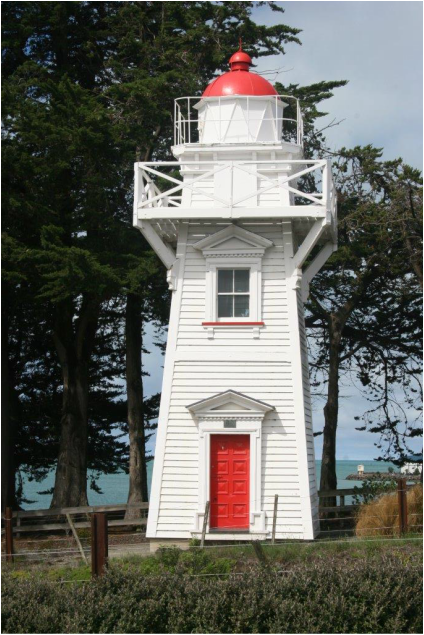|
Robert Lawson was trained in an architect's office in Edinburgh before emigrating to Melbourne in 1854 aged 21. There were few opportunities - for some years Lawson held various jobs in the gold mining region of central Victoria. His career had faltered, prospects were slim. However a younger brother John Lawson who had emigrated to Waikouaiti, alerted Robert to a design competition for a landmark First Church for the Presbyterian settlers in Dunedin. Lawson won the competition; he moved to Dunedin and a glorious career unfolded.
Both First Church and Knox Church with their breathtaking spires are the work of R A Lawson. Always a devout Christian, he formed close ties with the Presbyterian fraternity and designed many churches throughout Otago and Southland. In the wider community also, Lawson left his mark: the original Dunedin Town Hall in the Octagon, the core buildings at Otago Boys High School, and a host of commercial buildings including large retail stores, warehouses and banks too numerous to list. Several of the standout neo-classical buildings in the heart of Oamaru come from Lawson’s pen. Larnach’s Castle is another. In Timaru a Bank of New Zealand building in bluestone is no longer with us leaving the former Chief Post Office as the one surviving example of Lawson’s work. The building is robust in appearance and defines the triangle of open space that is King George Place. The original tall clocktower was removed some time ago owing to concerns about its stability. Sadly Lawson’s career in Dunedin ended in disarray, with settlement problems at the new psychiatric hospital at Seacliff coming under public scrutiny and formal investigation. The real problem – unstable subsoils – was only identified later. Furthermore, New Zealand was in the grip of severe depression. Lawson decided to return to Melbourne in 1890 to make a fresh start, coming back however to practise in New Zealand again in 1900. R A Lawson had genuine competition in Dunedin during his heyday, but his name stands proud as the leading architect of a brand new city. He died while visiting family members at Sutherlands near Pleasant Point in December 1902. David McBride
0 Comments
Our beautiful little wooden lighthouse was designed by John Blackett. John arrived in Wellington in 1851, with his wife Mary and 2 children, James and Sarah, on the way to their new home in New Plymouth. He became a colonial marine engineer for the general government from 1871 until he left the position in 1889 and he was regarded as the father of our lighthouse system.
In total he left a legacy of fourteen lighthouses around New Zealand and all built within a five year period including ours in Timaru in 1877. It is believed that seven of Blackett's timber lighthouses survive on their original sites, with at least two others having been relocated including Timaru's and Akaroa's. It played its role as our main harbour navigation light and was in continuous use from 1879 till its retirement in 1970. The three story kauri timbered lighthouse is a Category II structure. It consists of a 30 foot lighthouse tower protected by a five foot dome. Its lenticular apparatus measures 14½ inches in diameter, was first lit using kerosene on 1st July 1878 this was replaced by gas in 1890 and then by electric light in 1920. On its original site on the Terrace it’s light was elevated about 85 feet above the sea and could be seen about fourteen miles nautical miles in clear weather. The lighthouse has been on its current site since 2010. There was some controversy when it was first moved in that people thought there should be no trees behind it but it forms a dramatic focal point above the cliffs at the end of Benvenue Avenue against the dark macrocarpas and the sea beyond. The trees are very necessary in that they add to the stabilization of the cliffs and provide some weather protection for the lighthouse. It’s a beautiful local icon, well worth a wander past. It looks rather jaunty in its traditional colors of white with a red dome and is a wonderful reminder of our maritime past. Karen Rolleston |
View by date Archives
February 2021
Categories |
|
|





